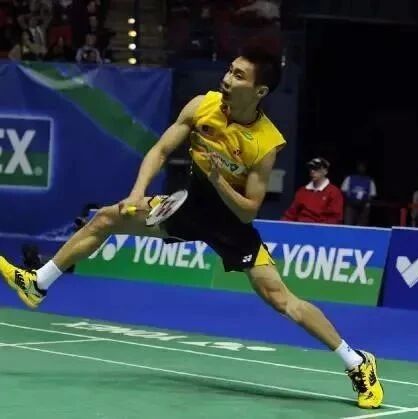How to increase ball speed without hitting out of bounds—check out these tips!
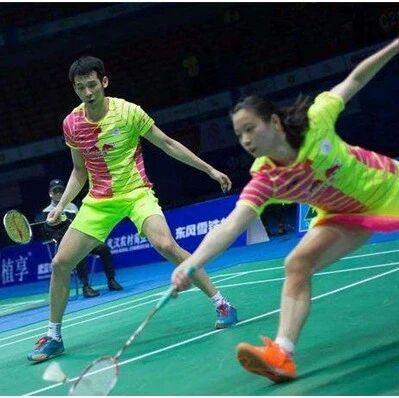

In badminton, no one wants to lack superb technique or fail to achieve victory in matches. Mastering badminton skills is absolutely crucial—so thenHow can you increase the speed of a badminton shuttlecock without it going out of bounds?How can we strengthen our bodies through badminton training? Join us—badminton enthusiasts—to find out!
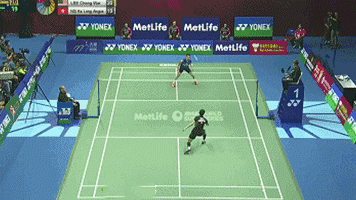
01
How to prevent the shuttlecock from going out of bounds
In badminton, no matter how cleverly you play, speed and power remain the key factors that determine victory or defeat. That’s why today we’ll focus on the technique of increasing the shuttlecock’s velocity without letting it go out of bounds. The force behind each shot depends not only on the player’s physical strength but also on how quickly they swing their racket. Additionally, the height at which the shuttlecock is hit—and the speed of your opponent’s return—greatly influence the overall power of your shot.
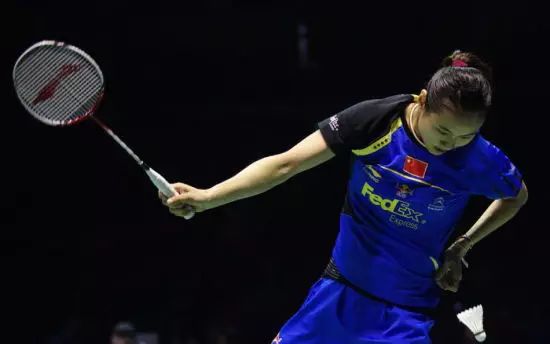
Now, let’s analyze racket swing speed and the athletes’ physical strength to introduce you to methods and techniques for increasing the speed of a badminton shuttlecock. We hope badminton enthusiasts will find valuable insights tailored specifically to their needs.
02
Steps and Methods
▌Increase Batting Speed
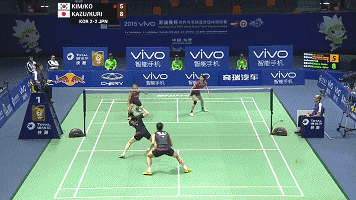
The magnitude of the hitting force directly determines how fast the ball travels. Players with greater speed and power generate more force as they swing their racquet at the ball; under the same arc, this results in a faster-moving ball flying forward. Conversely, players with weaker speed and power apply less force during the swing, causing the ball to move more slowly through the air.
▌Enhance racket swing speed
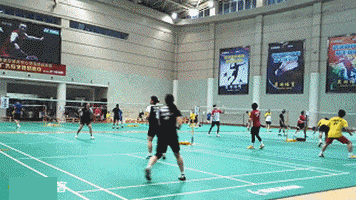
The speed of the swing is fundamental to the power of your shot, directly influencing the initial velocity the ball achieves. Therefore, when executing the technique correctly, practicing and improving swing speed will help you increase the overall speed of your shots.
▌The Benefits of a High Contact Point
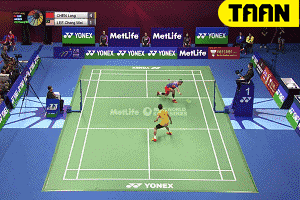
The higher the point of impact and the earlier the timing of the shot, the shorter the ball spends in mid-air. Under the same distance and with identical flight trajectories, the shuttlecock will naturally travel faster. Simply put, the less time the shuttlecock has before being struck—and the quicker the racket is swung—the less time your opponent has to react.
▌Surface ContactBall angle
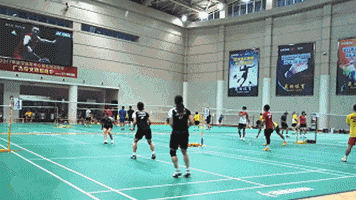
The angle at which the racket face makes contact with the ball directly affects the power of the shot. According to the principle of mirror reflection, the smaller the angle at which the racket strikes the ball, the less power is lost—meaning that when the racket face is perfectly perpendicular to the ball, the shot theoretically generates the greatest amount of power, resulting in the highest initial velocity.
▌Smart Hitting
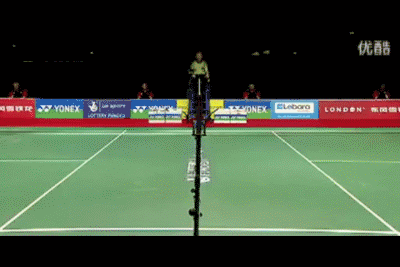
In badminton, the hitting technique involves the coordinated action of the torso and limbs, with the final power generated by the wrist and fingers leveraging the "lever principle" (through finger flexion) to strike the shuttlecock. If the hitting technique is applied unscientifically or improperly, it prevents your body’s full strength from being effectively transferred to the shuttlecock, leading to increased "internal energy loss." This, in turn, reduces overall hitting power and ultimately diminishes the shuttlecock’s flight speed. Only when the hitting technique is rational, scientific, and "efficient" can you maximize the shuttlecock’s velocity during flight.
▌Loose-Tight-Loose
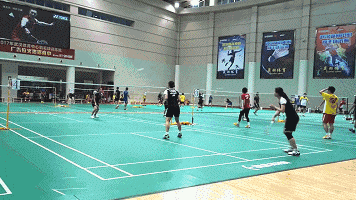
The process of hitting a shuttlecock in badminton can be divided into three distinct phases, defined by the moment of impact: loose—tight—loose. Specifically, from the backswing to just before the hit, the body should remain moderately relaxed, fully preparing itself to generate maximum power. At the instant of impact, muscles transition from relaxation to contraction, enabling an explosive burst of force. After the shot, the body immediately returns to a state of relaxation again. The more relaxed the body becomes post-hit, the lower the initial velocity (V0) of both the body and the racket will be, minimizing internal energy loss—and consequently, maximizing the force delivered to the shuttlecock.
▌Force Majeure Factors
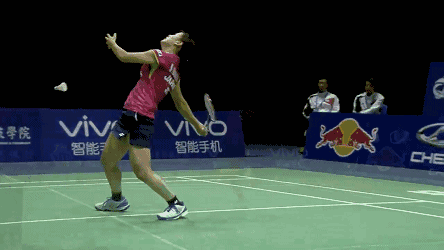
Badminton shuttles travel at high speeds—under otherwise identical conditions, the faster the shuttle is moving before being hit, the greater the speed it will gain after being struck by your side. Additionally, factors such as air humidity, atmospheric pressure, and the direction of the wind at the time can also significantly influence the shuttle's flight speed.
03
Important Notes
In, players should promptly adjust the power and trajectory of their shots based on the specific situation. When playing badminton, it’s not just strength and speed that determine how fast the shuttlecock flies—sometimes, even a small amount of power can yield far better results than forcing a powerful hit, thanks to clever technique. So, dear badminton players, keep up the rigorous training!
More article recommendations:
To excel in doubles, here are the 6 qualities you must possess.
Badminton netting technique GIF demonstration—master it effortlessly and rack up the points on the court!
After playing baseball for a long time, is it still possible to systematically improve my badminton skills?
Related Articles
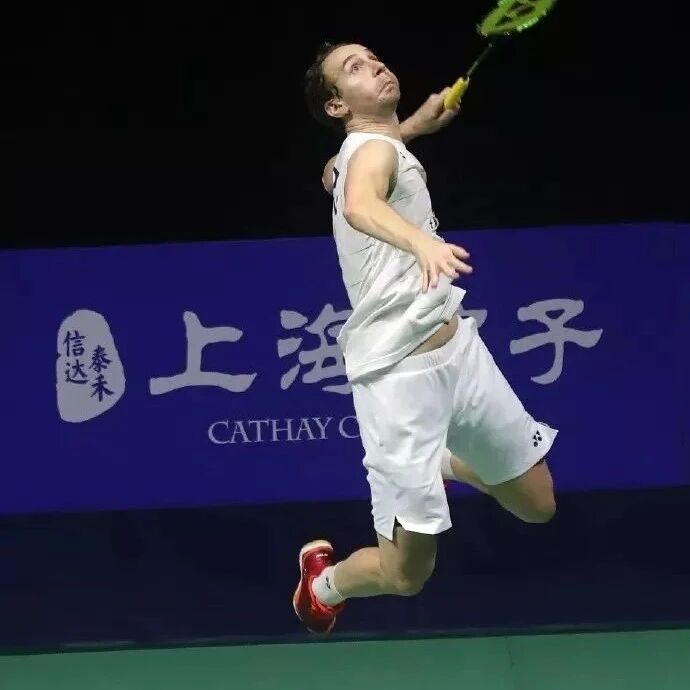
Learn to smash from scratch—say goodbye to the frustration of jumping but still missing the shuttlecock!
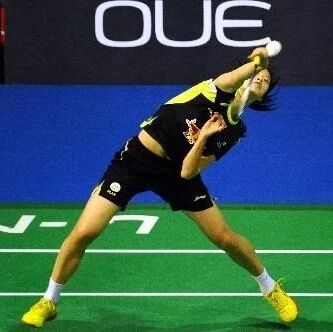
How can an amateur player become a true expert? Hard practice is all it takes to work wonders!
